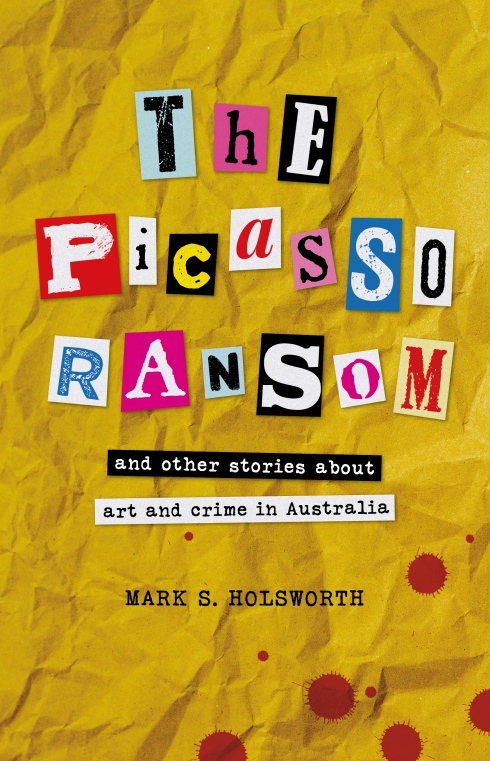A museum is a collection of collections. Some museums are encyclopaedic in their collections whereas others are more focused on certain types of collections. But single collections do not make museums, except that sometimes the naming of these institutions does get confusing. Some galleries and institutions have collections and others don’t, some places call themselves museums and others don’t.
Single collections do not make museums because the collector limits the collection in that you can to clearly see the identity of the collector in the collection. A collection of anything is similar to a work of art; it could be a work of art, consider Duchamp’s readymades and Danh Vo’s 2012 Hugo Boss Prize winning exhibition of the collection of Martin Wong. I saw Danh Vo’s exhibition at the Guggenheim in 2013 and it was a portrait of Martin Wong readymade from the things he collected.
Perhaps this is one of my problems with David Walsh’s MONA in Hobart, it is not a museum it is just his art collection (see my post on MONA). There are limitations on the number, quality and taste that a single collector can bring to a collection. A collection of collections fills in gaps in the have occurred in a single collection. In this respect an art museums collection may taste blander than that of a single collector that preserves the original taste of eccentricity.
You don’t have to be a multi-millionaire to be an art collector but it does help, a lot. There are collectors with important collections who aren’t rich (see my post on London Regionalism). But the collectors who open their collections and homes, or palaces in the case of Isabella Stewart Gardner, to the public are the very rich.
The Isabella Stewart Gardener Museum in Boston is an astonishing collection. It is well worth a visit even though but much of the collection is not of highest quality. I had a lot of fun at the Isabella Stewart Gardener Museum. I played at seeing how many works I could identify and put a date to and then check the room sheets to see how close I got to the correct answer. It is also a very eccentric collection, right down to the admission fee: free to people named Isabella or people on their birthday, a $2 discount to people wearing Boston Red Sox items and to people who have visited the Museum of Fine Arts in the last three days (I qualified for the last one).
Isabella Gardener was a dedicated collector but that was not her main love; that was art, music and literature. Collecting was simply a means to an end and it was not the only means. Gardener provided work-space, accommodation and even travelling expenses for artists, including John Singer Sargent.
The Frick Collection in New York has the same variation in quality and taste that can be seen in Isabella Stewart Gardener’s collection. It is a super collection with some of the best paintings that I’ve seen. However, the wall paintings of the absurd cherubs in the “Boucher Room” may not to be contemporary taste. Actually the Frick Collection is more a museum than the Gardener Museum as the Frick Collection has been added to considerably since the death of Henry Clay Frick.
With collections like Frick and Isabella Stewart Gardner, no wonder the Europeans felt that rich Americans were buying their culture. Gardner’s fantasy Venetian palace competing with William Randolph Hearst’s Castle in California and other American collectors like Frick. (Other collections on display see my post on Gustave Moreau’s Museum.)
(See my post on Types of Art Galleries.)


May 21st, 2013 at 8:33 PM
I really enjoyed both the Frick and the Gardener Museums, and approve of the collecting policies of both collectors. But there is a difference between the two sites.
The Frick is fresh, clean and filled with great art objects. It has been well looked after and expanded, as needed.
The Gardener seemed dark, depressed and not well looked after. Of course there was that terrible robbery, but it’s something else. Perhaps Mrs Gardener gave explicit instructions that nothing was to be touched, after she died.
May 22nd, 2013 at 9:08 AM
The Frick is approaching a museum with the curatorial expansions and the emphasis of quality over quantity. Whereas the Gardener remains a collection and arranged roughly as Gardener arranged it (the small spaces left by the robbery are still there). And Gardener’s collection is more about quantity over quality but I found that fun because the low quality works makes it less intimidating and awe inspiring. The Gardner museum is dark because it has more works on paper and other fragile media that would be damaged by light.